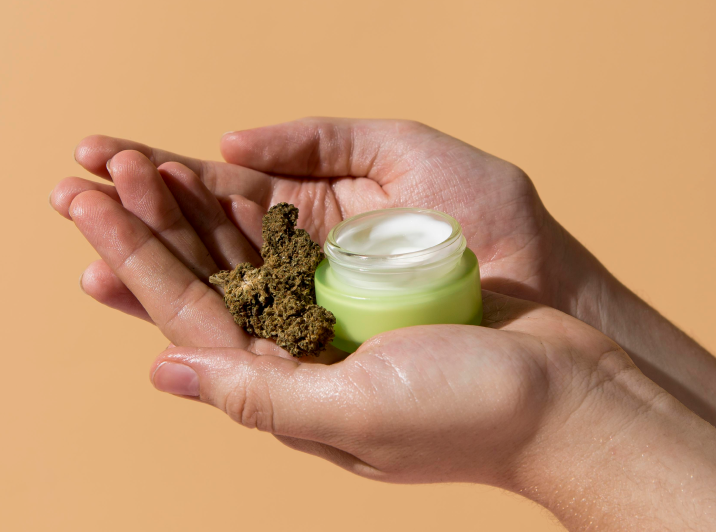FAQ'S
We know that exploring medicinal cannabis can raise a lot of questions, especially if it’s new to you. Our FAQs are designed to give you clear, straightforward answers about how medicinal cannabis works, who it may be suitable for, what to expect during the consultation process, and how it is prescribed in New Zealand.

New Zealand legalized the use of medical cannabis in 2018 under strict regulations. Patients with specific qualifying conditions can access medical cannabis through a doctor’s prescription and a licensed supplier.
Qualifying Conditions:
The Ministry of Health currently lists 27 qualifying conditions for medical cannabis use in New Zealand, including:
Chronic pain
Nausea and vomiting due to chemotherapy
Muscle spasticity associated with multiple sclerosis
Epilepsy
Glaucoma
Palliative care
- Consult with one of our Doctors – Discuss your condition and explore if medical cannabis could be a suitable treatment option.
- Get a prescription – All prescriptions must be prescribed by a New Zealand doctor.
- Bring your prescription to your Local Pharmacy for dispensing or have your medication shipped discreetly to your home.
In New Zealand, medicinal cannabis patients can typically expect to spend anywhere from $100 to $500 per month on their products. The average patient spends $278 per month, which is around $1 to $15 per day.
CBD, otherwise known as Cannabidiol, is one of the most well-known phytocannabinoids found in the hemp plant. CBD’s claim to fame is its ability to support happy mood, balance and wellness.*
What are the effects of CBD?
CBD is a phytocannabinoid, and has been shown to help the ECS preserve the body’s natural supply of endocannabinoids. Science has demonstrated that supplementing our supply of endocannabinoids with phytocannabinoids may help the body’s ability to thrive in a wide variety of ways.*
How Is It Different Than Marijuana?
Long story short, Hemp and Marijuana are two different species of the same plant family — similar to a Roma Tomato and a Cherry Tomato. The main difference between these two species is the level of THC, so consider Hemp to be Marijuana’s sober botanical female cousin, containing less than 0.3% of THC.
Each health fund varies in cover and you’ll need to check with your insurer to confirm if they provide any subsidy for alternative therapy.
Cannalysis clinical monitoring program requires patients to be consulted by our practitioners every three months or as directed by your practitioner. This helps to ensure patients are managing their symptoms as per their personalised treatment plan, ensuring patient safety and maintaining a high quality of patient care. Please continue to see your doctor for your three month follow up to review and continue your treatment plan.
Like any medication, side effects can occur, such as dizziness, fatigue, dry mouth, and drowsiness. Discuss potential risks with your doctor.
it is not recommended to drive while taking Medicinal Cannabis, unless complying with health professionals’ instructions. It is illegal and unsafe to drive if impaired or under the influence without a current legal prescription for the medication.
We recommend waiting to try medicinal cannabis if pregnant or breastfeeding, as scientific studies have yet to conclude its safety. Consult your healthcare provider for personalized advice.
The Endocannabinoid System (ECS) is considered the master regulatory system of the body. It helps us maintain homeostasis (aka balance) in our bodies by communicating with other biological systems and helping other systems in the body stay healthy.*
We can’t say it enough: Balance. When life throws us curve balls and external or internal stressors disrupt the body’s function, the ECS is activated to return it to stability. ECS health is so important in our ability to function because of all the broad processes the ECS regulates such as balance, appetite, sleep, mood, memory, immunity and more.Elaborate on Endocannabinoids…
The human body produces compounds called endocannabinoids that bind to endocannabinoid receptors to support homeostasis. Endocannabinoids and their receptors are found throughout the body: in the brain, organs, connective tissues, glands and immune cells. Considered “a bridge between body and mind,” endocannabinoids help support and protect our immune system, nervous system and virtually all organs in the body.
What’s the difference between THC and CBD?
- Tetrahydrocannabinol (THC) and cannabidiol (CBD) are the two primary cannabinoids that occur naturally in the Cannabis sativa plant.
- Both of these interact with the cannabinoid receptors found in the human body and brain, but they differ dramatically in their effects.
- What is CBD? CBD is non-psychoactive which means that it will not get you high. Because of this, CBD appears more frequently than THC in dietary supplements.
- CBD has the same chemical formula as THC, but the atoms are in a different arrangement. This variance causes THC to create a psychoactive effect, while CBD does not.
- THC vs. CBD for Pain Management? Research shows that CBD may be better for inflammation and neuropathic pain, while THC may help more with spasticity and cramp-related pain.
- But it is worth noting that sometimes high doses of THC can exacerbate pain symptoms. Meaning THC consumed in this capacity should be done in small amounts. Most experts suggest that a combination of both THC and CBD is the ideal way to approach pain management.